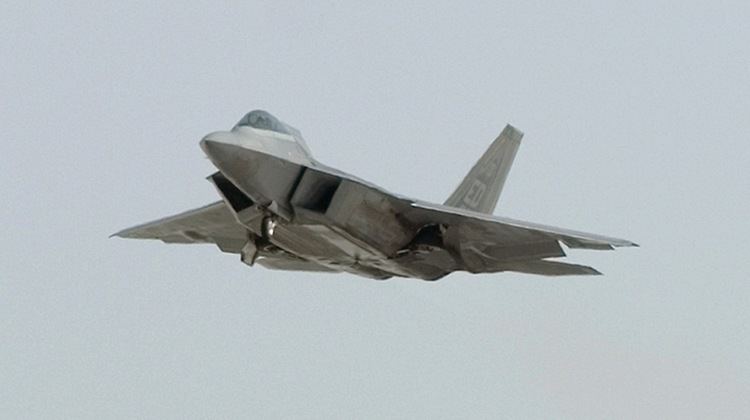 | ||
This is a list of aviation-related events from 2011:
Contents
January
February
March
April
May
June
July
August
September
October
November
December
January
February
March
April
June
October
December
Entered service
References
2011 in aviation Wikipedia(Text) CC BY-SA
